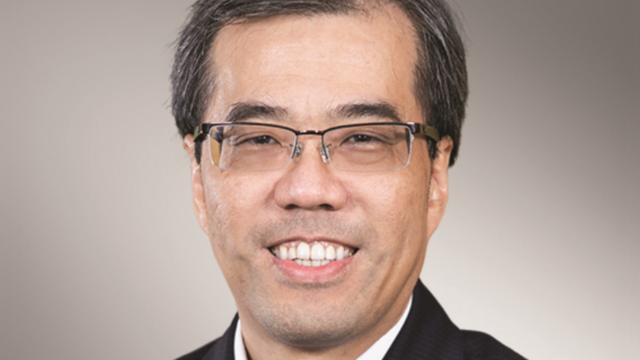Arthur Lau, Pinebridge Investments
Asian high yield credit offers higher yields and lower duration than US equivalent bonds, which means that investors can mitigate interest rate risk and volatility as well as achieve better returns, a media webinar was told again last week.
“It’s a misconception that the Asia high yield market is just about China property issues; there’s actually plenty of possibility for diversification,” said Arthur Lau, managing director and co-head emerging markets fixed income and head of Asia ex-Japan fixed income at Pinebridge Investments.
“Asian credit metrics are also generally more favourable, with average gearing levels lower and interest coverage rates higher than in the US and Latin America,” he said.
Several other asset managers have promoted Asia high yield credit this year, including Gam Investments and Pictet Asset Management, while many fund selectors favoured Asia high yield funds last summer as investment grade yields plunged.
Corporate default rates in Asia are between 2% and 4%, and the distressed sectors and countries (such as Sri Lanka) are quite easy to identify and therefore easy to avoid, according to Lau.
Sector bets
Lau likes BB and single-B credits and, despite his emphasis on the diverse opportunities in the Asian credit, is especially keen on the overwhelming China property sector.
“But, investors need examine each individual company closely, and not treat the sector as homogeneous; there is a lot of variation,” he said.
“Some names have been unfairly punished by the tendency to treat the sector generically. As a result, there are bargains available.”
In China, the property sector is likely to continue to face pressure given the central government’s focus on the sector’s leverage situation.
“That being said, we think within the China property sector, there are a variety of companies with different market share, market focus and financial conditions,” said Lau.
So, while the policy stance towards this sector will remain tight, there are property developers which will weather the business cycles much better than the others, he argued.
The materials and mining sectors, which are substantial in the region are also in Pinebridge’s radar, because they have benefited from the opening of economies and their demand for commodities.
Omar Slim, senior vice president and fixed income portfolio manager pointed to another characteristic that supports the Asian credit market.
“There is a technical cushion provided by the home bias of a growing pool of regional money and a limited news issuance market”, he said.
Slim likes the financial sector in particular, and identifies opportunities among property and consumer discretionary-linked credits, although “there is broad return dispersion across then market,” he said.
Covid risks
The biggest risks to the asset class, according to Slim, are a in sectors and countries most hurt by any resurgence of the Covid-19 pandemic, and more specifically, getting sucked in by so-called “fallen angel” credits that have little chance of recovery.
“We think the Covid impact will not derail economic recovery in this region, but it may delay the recovery depending on the progress of vaccination in each country,” said Slim.
Pinebridge believes that the situation in India is “quite worrisome”, although it thinks rating agencies have given a bit more leeway in terms of sovereign rating pressure.
Elsewhere in the Philippines and Malaysia, the vaccination progress seems to “be not too satisfactory, which will also affect the pace of the recovery there,” said Slim.

















